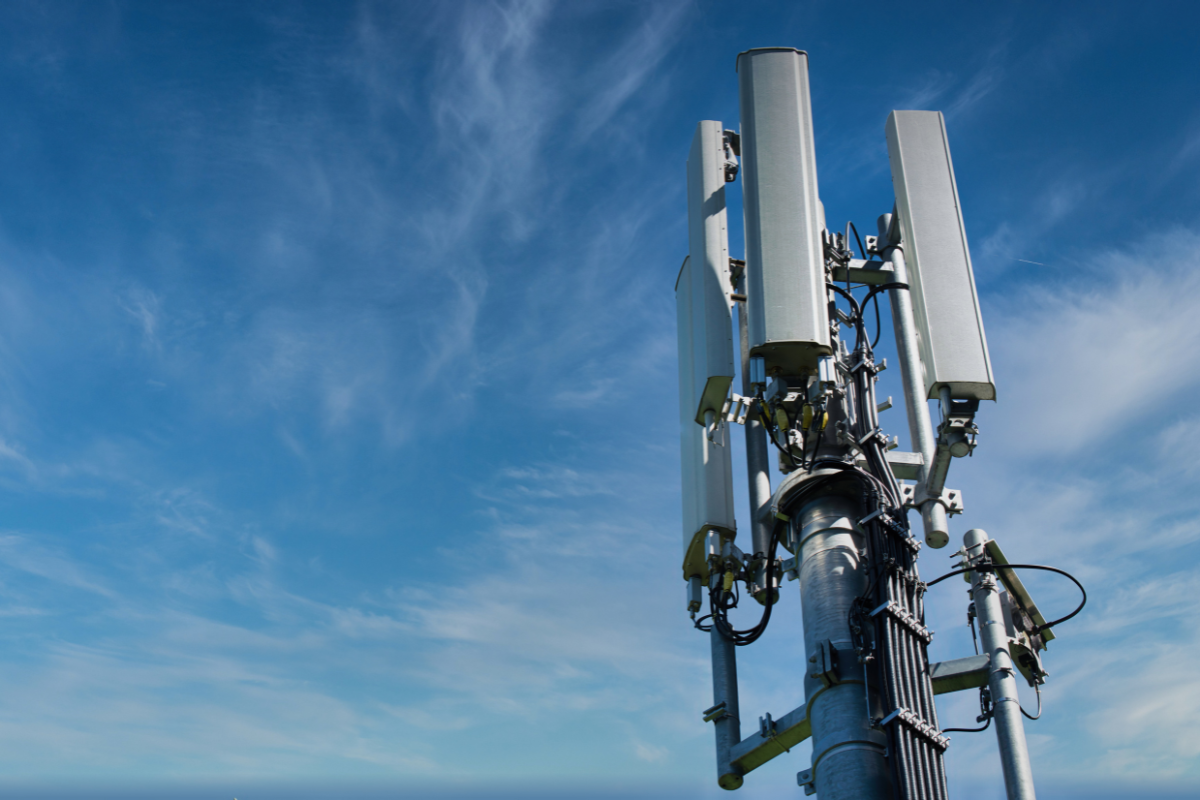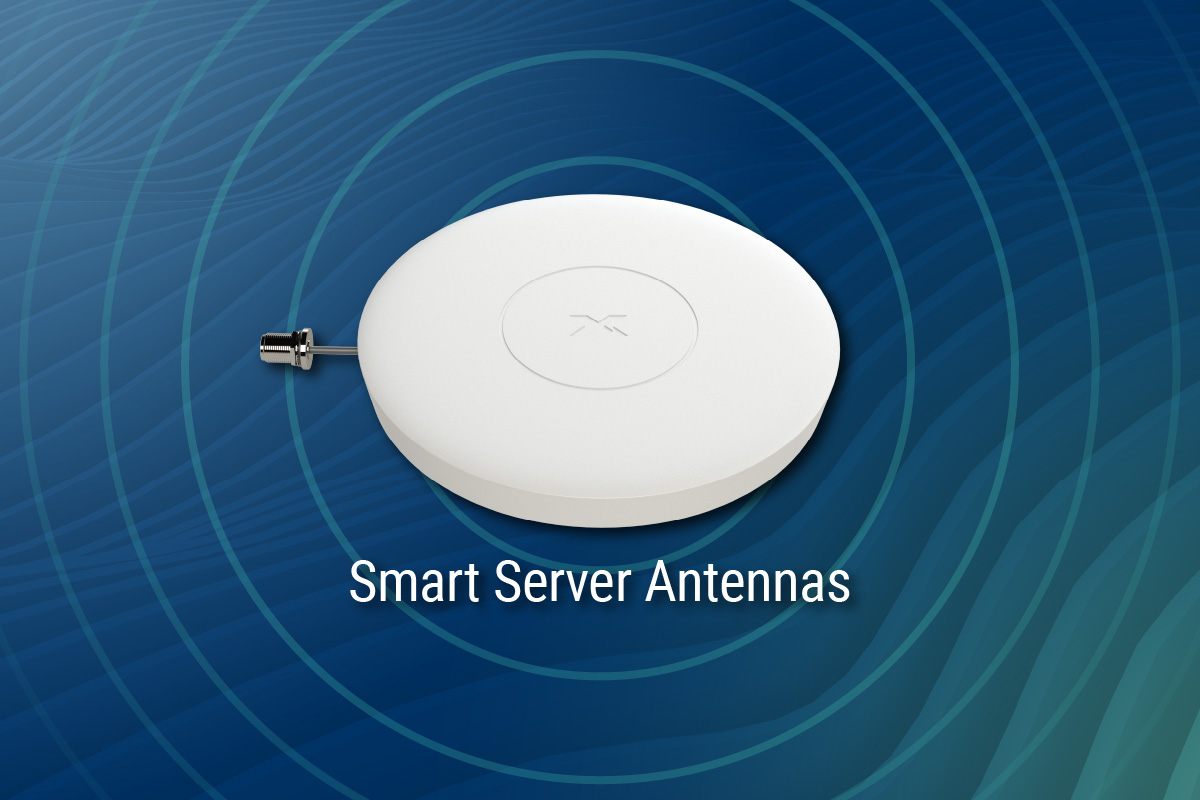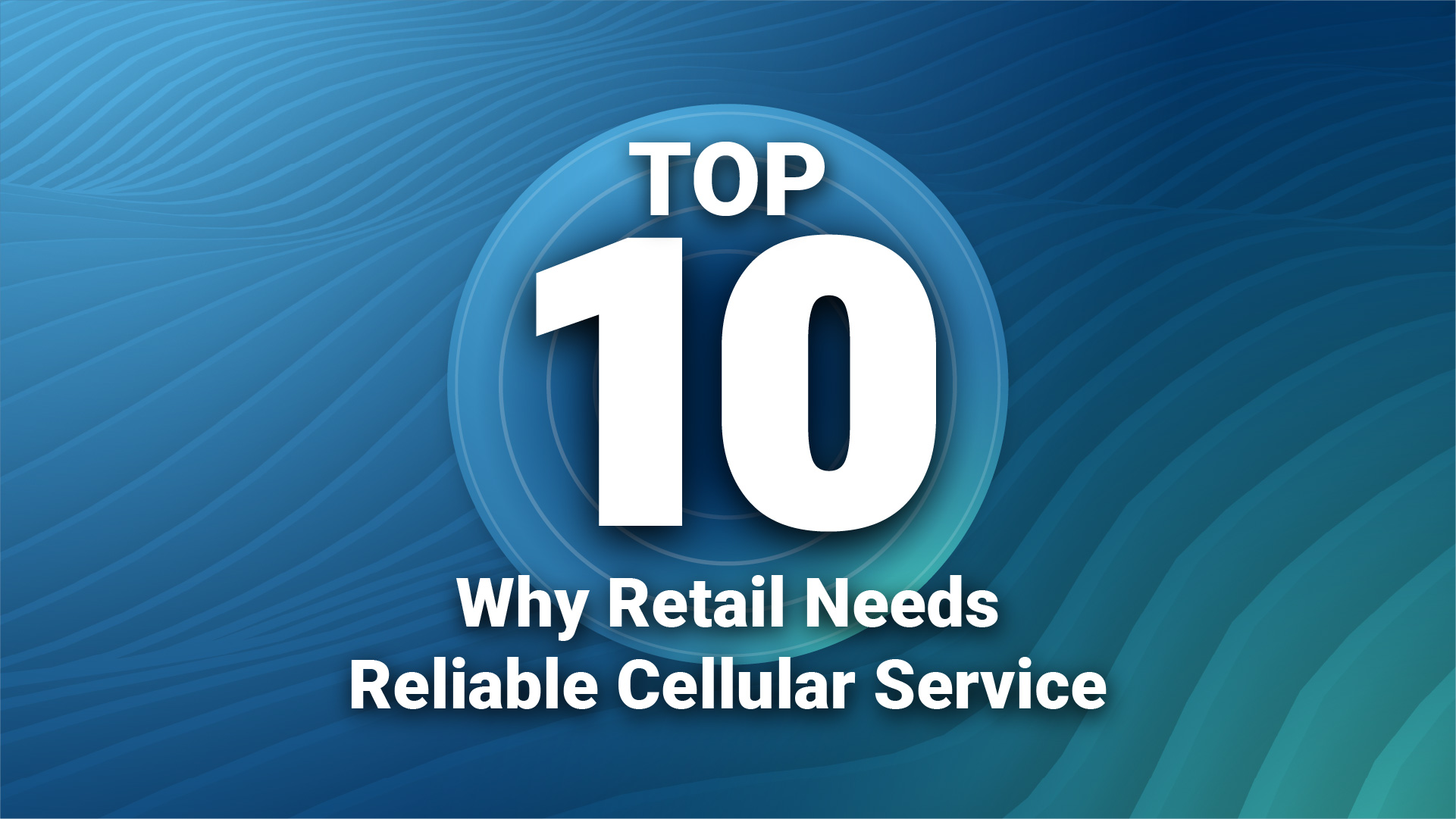Good cellular reception inside apartment buildings is an essential requirement for residents and to ensure consistent occupancy rates. Skyrise buildings and apartment complexes with multiple units have historically deployed expensive traditional Distributed Antenna Systems (DAS) with fiber cabling to improve cellular reception for occupants and cellular devices.
However, traditional DAS solutions are not typically financially viable for most facilities under a million square feet. This is due to the high upfront cost of equipment, extensive length of installation time and contract negotiations with carriers, and extra operating expenses due to the heat, electrical, and air conditioning loads.
Limitations of cables means limitations on cellular coverage
In 2017, Nextivity launched CEL-FI QUATRA, a hybrid active DAS designed specifically to address the needs and budget of facilities up to a million square feet in size that require uniform in-building cellular coverage. The system is fully digital, intelligent, and uses both category and coax cable to deliver up to 1000x greater signal gain simultaneously on multiple carrier networks. Solution integrators have installed the hybrid solution in apartment buildings around the world.
The type of cabling in a cellular amplification system influences the signal strength and improvements in cellular coverage inside a building. There are three types of cables generally used for these systems: category, coax, and/or fiber. There are technical limitations on the length of category and coax cable that can be run in a building and still deliver a strong signal. While fiber cable also has limitations, it can deliver strong cellular signal over much further distances. Due to the size of skyrise buildings and multi-building apartment complexes, until recently the only option to improve cellular coverage throughout the buildings has been costly traditional DAS with fiber cable.
New cost-effective way to leverage fiber
A new Fiber HUB add-on is now available for the hybrid solution that enables fiber runs as long as 1.25 miles. This provides a solution that can boost cellular signals for skyscrapers and apartment complexes without the high cost of a traditional DAS or running fiber throughout every building within a compound, or all the floors of a building.
M S Benbow & Associates (MSB), a consulting firm headquartered in Louisiana with a strong focus on telecommunications engineering, recently installed a hybrid solution with fiber at a three-building complex.
“The Fiber HUB enables us to provide cell service to multiple and larger buildings, all while cutting down on the infrastructure costs,” says MSB telecommunications engineer, Taylor Underwood.
Interference with the macro network
Facility managers or tenants of a skyscraper or apartment complex with poor cellular reception will often attempt to fix the weak cellular signal inside their buildings by installing multiple small repeaters. They inevitably end up calling the carrier to report they still have poor coverage and cellular issues.
“This happens frequently. Somebody installs a cellular repeater, but the signal isn’t strong enough to cover the whole building. So, they’ll add another cellular repeater on the other end of the building, because it’s cheap and cost effective for them,” says Underwood, who was previously the market interference subject matter expert at a major carrier. “This results in buildings with antenna farms that cause noise and interfere with each other. It also degrades overall quality of the network for the carriers, which doesn’t affect just those people in the building – it affects everybody on the network outside of the building using that cell tower.”
Underwood explains, “With the Fiber HUB, we can place a single antenna in a central location, even at a multi-building campus, with no interference on the macro network.”
Faster, easier, less costly deployment
“It took two of us about a week to get everything turned up and checked out including the cables, antennas, and testing,” says Underwood. “It took us an hour to commission the system. It was incredibly easy. The system can monitor itself for any type of interference that is introduced into the system and it has an online portal and apps for remote performance monitoring, which is important to us in providing maintenance and ensuring we meet the standards we promise.”
According to Underwood, the entire system, including installation, cost about the same as it would have cost for just a part of a traditional DAS.
A version of this article was originally published by AAOA (American Apartment Owners Association)




